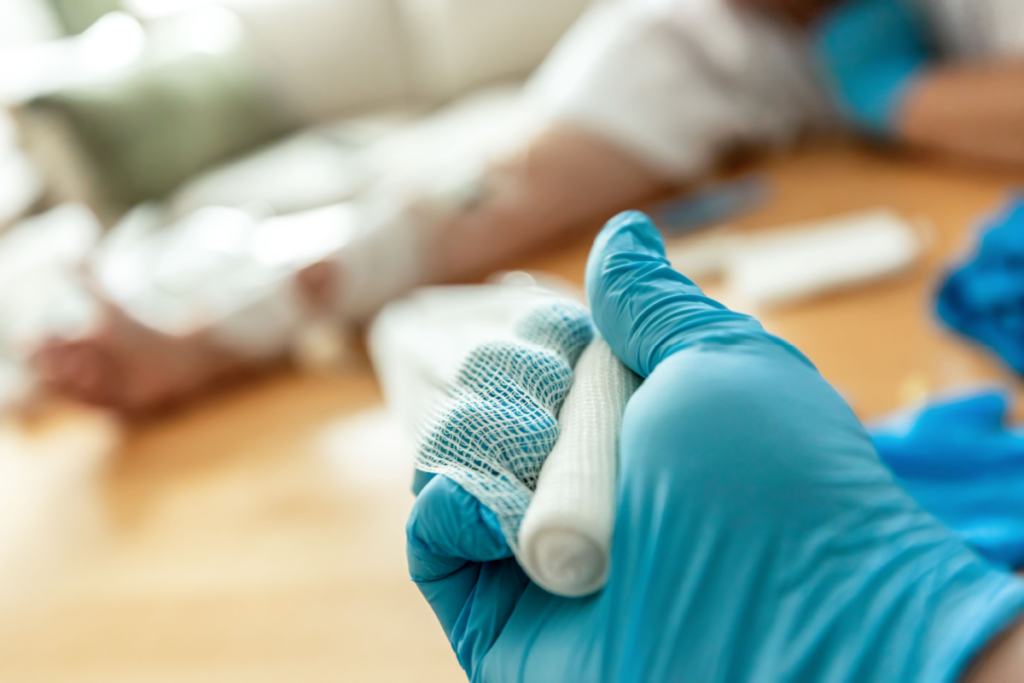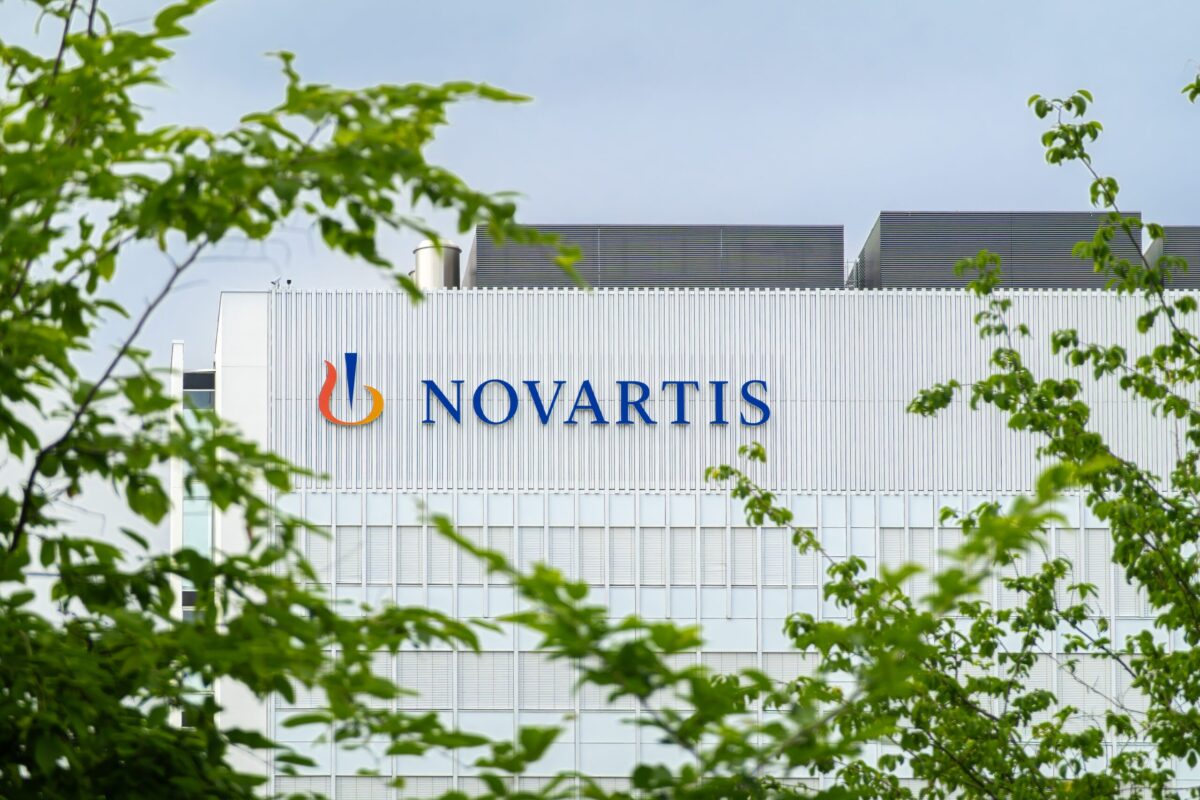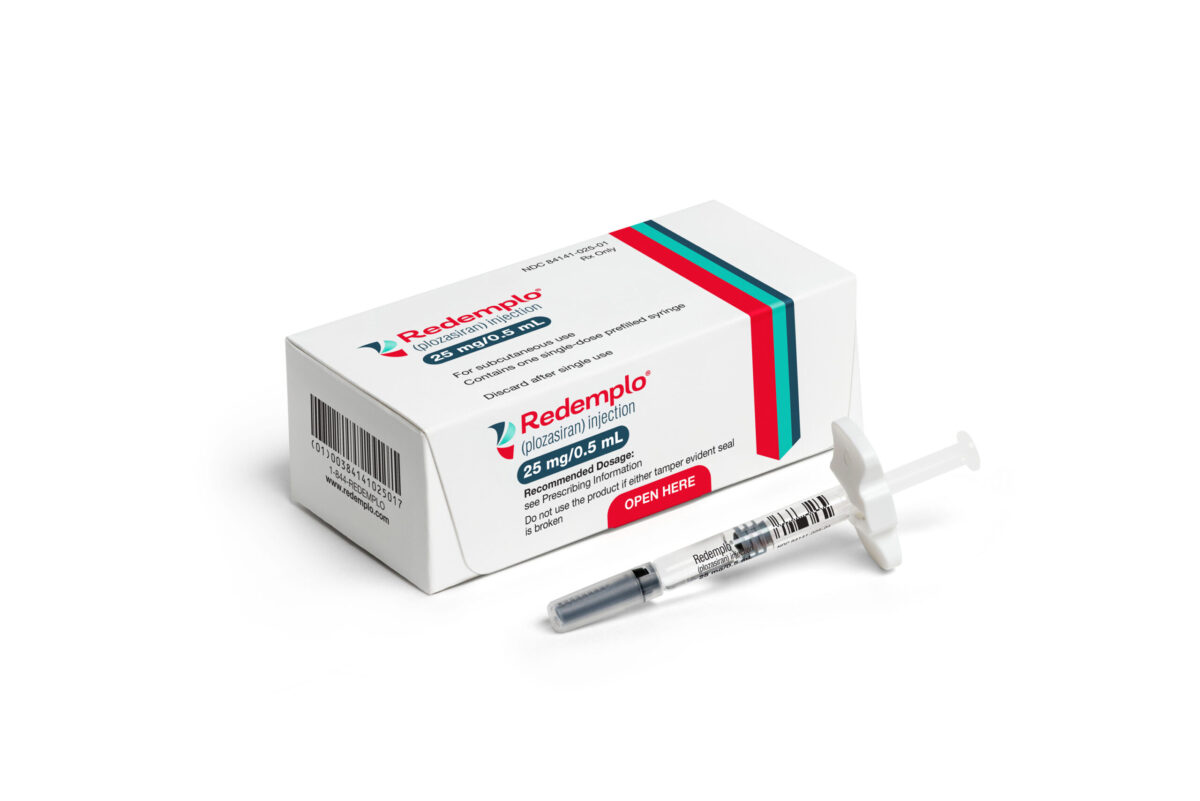Cuprina Holdings (Cayman) Limited closed its initial public offering (IPO) on April 11, 2025, raising $12.0 million. The company sold 3 million Class A shares at $4.00 each.
Nasdaq began trading the shares under the ticker CUPR on April 10, reflecting strong investor appetite for nature‑inspired therapies.
The Cuprina Holdings IPO supports the company’s plans to scale its wound-care platforms globally. The company plans to use the proceeds for new‑market expansion, R&D, infrastructure upgrades and working capital.
In the US alone, chronic nonhealing wounds now affect more than 10.5 million Medicare beneficiaries — a rise from 14.5% in 2014 to 16.3% in 2019 — driven largely by diabetes, obesity and vascular complications.
Analysts expect the global bioactive dressings market to more than double — from $3.5 billion in 2024 to nearly $8 billion by 2032 — as wound cases rise and demand grows for advanced, nature‑inspired therapies.
Merakris Therapeutics recently reported Phase II results showing over 80% ulcer‑area reduction using a cell‑free amniotic‑fluid injectable for venous leg ulcers.
Meanwhile, MolecuLight raised $27.5 million to expand its point‑of‑care fluorescence‑imaging system, which helps clinicians visualize bacterial burden in real time.
Nature-Driven Therapeutics
Cuprina combines natural bioactives with biomedical engineering to tackle stubborn wounds. Its bio‑dressings target diabetic foot ulcers, venous leg ulcers and pressure ulcers, among other chronic wound types.
The flagship MEDIFLY dressings use sterilized blowfly larvae to remove necrotic tissue through maggot debridement therapy. In this process, larvae secrete enzymes that dissolve dead tissue while preserving healthy skin — much like a precision cleanup crew.
Since launching in Singapore in February 2020 and expanding into Hong Kong in March 2023, MEDIFLY has demonstrated promise where surgical options carry higher risks or costs.
At the same time, companies like SolasCure are developing protease‑based gels, for instance, Aurase recently entered Phase II trials. This underscores the field’s shift toward standardized, enzyme‑driven debridement alternatives.
Market researchers project the global maggot‑debridement market to nearly triple — from $14.7 million in 2024 to $43.4 million by 2035 — driven by rising wound prevalence and the appeal of cost‑effective, minimally invasive treatments.
Cuprina’s Pipeline Expansion
Backed by the Cuprina Holdings IPO potential, the company is also advancing two additional pipelines: collagen dressings derived from bullfrog‑skin waste and leech‑based therapies.
Cuprina’s biologically sourced platforms aim to fill gaps in chronic wound management — a field with only a few FDA‑approved therapies (becaplermin, Apligraf and Dermagraft). The diabetic foot ulcer treatment market could reach $7.4 billion globally by 2032. Venous leg ulcers now affect nearly 600,000 Americans.
Under an exclusive license and collaboration with Nanyang Technological University, Cuprina will develop these products through 2025 and 2026. Each innovation aims to address a stage of wound healing — from debridement to tissue regeneration — by combining natural bioactives with medical‑grade standards.
In 2023, Cuprina launched a hydrating balm, a muscle‑energizing cream and a pain‑relief patch. Future beauty products may leverage its collagen platforms currently in development.
Cuprina has secured ISO 13485 certification and is pursuing FDA 510(k) clearance. These steps position its nature-derived technologies to meet rigorous regulatory benchmarks and improve outcomes for both patients and consumers alike.












Join or login to leave a comment
JOIN LOGIN